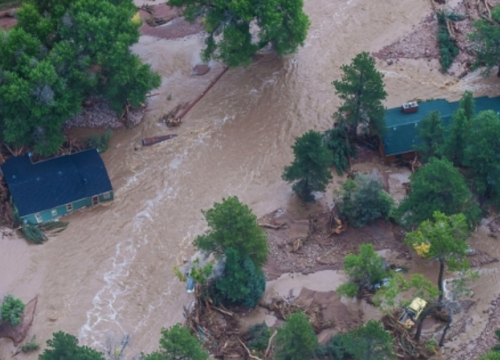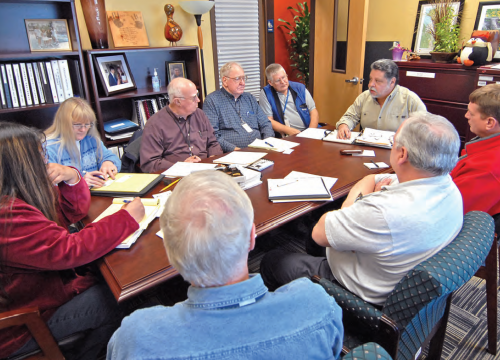Adapting to Extremes: Exploring the Science of Drought in Colorado
Humans have been affected by severe drought throughout history; in this lesson students explore this concept by analyzing environmental data to classify patterns and practice communicating their findings.
Context for Use
This lesson is best used as part of the HEART Force curricular unit. Potential lessons to follow include:
This lesson could also be a stand-alone lesson to introduce students to drought in Colorado.

Soybeans show the effect of drought. Photo Credit: Bob Nichols, USDA
Goals Header
What Students Will Do
- Analyze environmental data to classify patterns of drought severity in Colorado.
- Communicate information about the causes and effects of drought in your community.
Materials
User note: To make an editable copy of the teaching materials in Google Drive, select File > “Make a copy”. This will make a copy for you to save to your own drive and edit as you see fit.
Description
Students will build understanding of drought in Colorado through the following activities:
- Part 1 – Engage (10 minutes) Introduction to Drought & Case Study
As a class, watch news clips about drought in Colorado and create a list of questions students have about drought.
- Part 2 – Explore (45 minutes) Investigating Drought Conditions
Students begin with an exploration of how drought is measured, and then are divided into expert groups to analyze several datasets of the factors that led to drought in April 2020.
- Part 3 – Explain (50 minutes) Drought Classification
New drought classification student groups (with a student from each group in Part 2 jigsaw) will present information to each other, and work as a group to classify the severity of the drought in April of 2020 in Colorado.
- Part 4 - Evaluate (50 minutes) The Future of Drought
In a class discussion, students interpret figures to predict how the severity and impact of Colorado's droughts might change in the future. Students then write a letter to the editor about current and predicted drought conditions.
- Extension - Elaborate (25 minutes) Drought Resilience Strategies
Students research drought mitigation and resilience strategies and create a social media post advertising the strategy.





